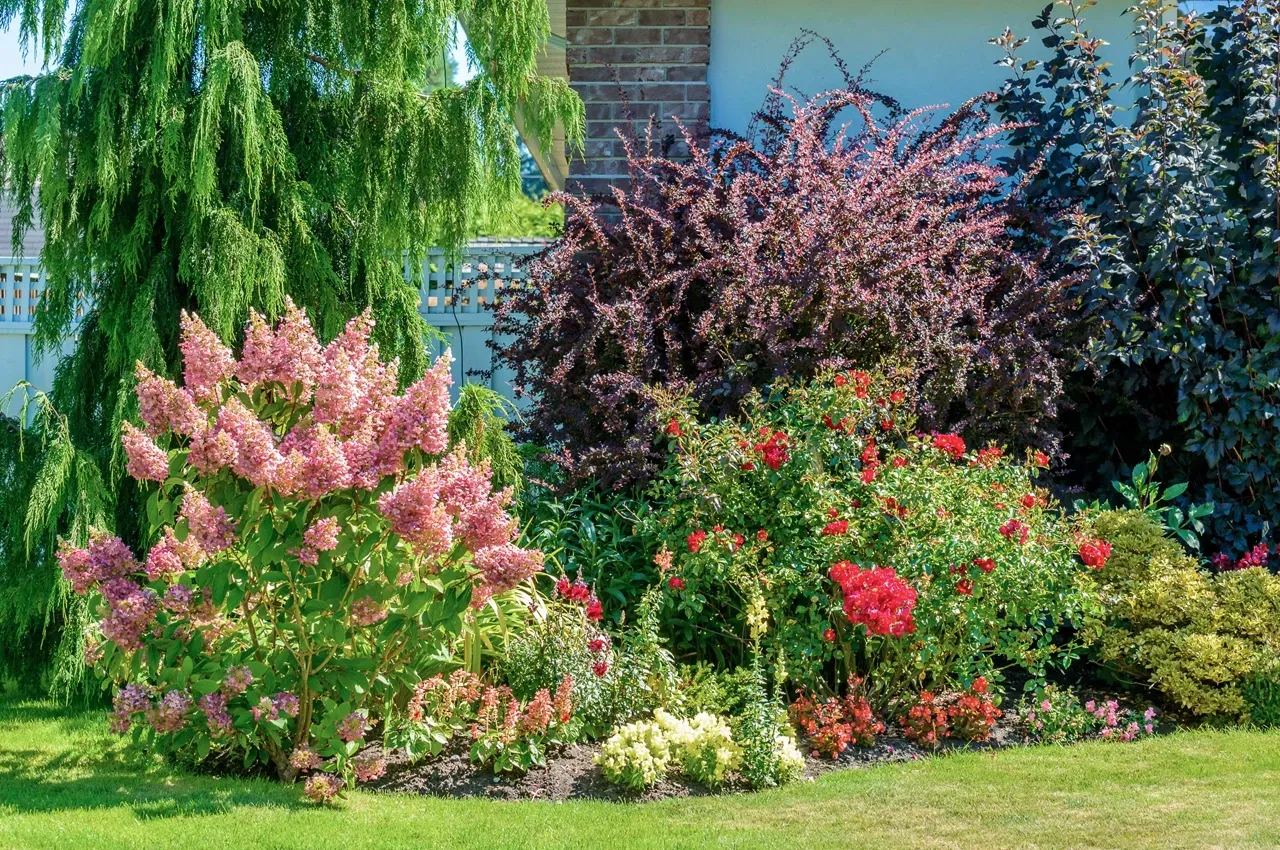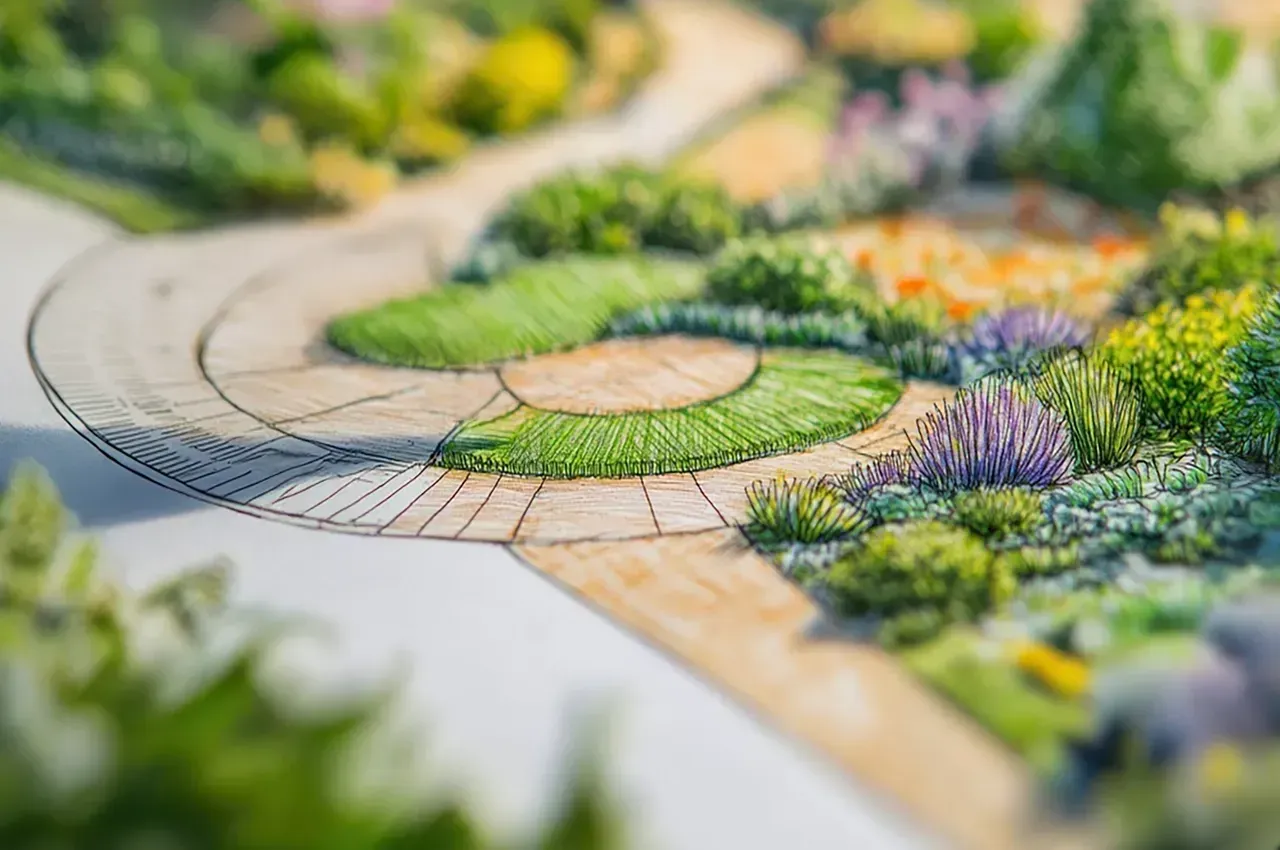How to Grow and Care for Bougainvillea
How to Grow and Care for Bougainvillea
Our top pick for August at Rosehill Palms is the Bougainvillea. Known for their striking colors and hardy nature, these plants bring a tropical flair to gardens. This blog will dive into how to grow and care for bougainvilleas so you can add a splash of color to your landscape.
What are Bougainvilleas?
Bougainvilleas are tropical and subtropical flowering plants native to South America, particularly Brazil, Peru, and Argentina. These plants are known for their vivid, paper-like bracts surrounding small, white, tubular flowers. The bracts come in various colors, including pink, purple, red, orange, and white, making them a favorite among gardeners who want to add bold, bright colors to their landscapes.
Bougainvilleas thrive in
USDA hardiness zones 9-11, with warm climates and mild winters. They thrive in the sun and require minimal care once established. Due to their heat tolerance, drought resistance, and long blooming season, they are particularly well-suited for Texas.
Bougainvilleas are incredibly versatile and can be grown as shrubs, vines, or even small trees. They can be trained to climb walls, trellises, or arbors or pruned into a more compact shrub form.
Choosing the Right Variety of Bougainvillea
Consider climate, space, and desired growth habits when choosing a variety. Each variety has its unique characteristics.
Popular varieties include:
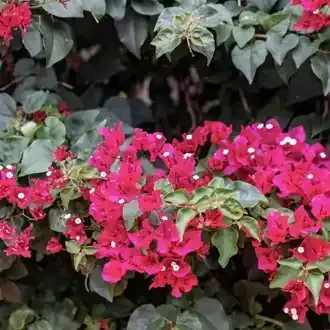
Bougainvillea "Barbara Karst"
Known for its vibrant magenta-red bracts, this variety is a vigorous grower and perfect for covering large areas.
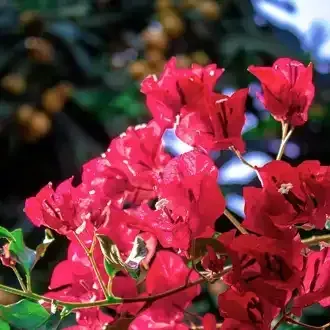
Bougainvillea "San Diego Red"
This variety produces deep red bracts and is highly drought-tolerant, making it ideal for arid climates.
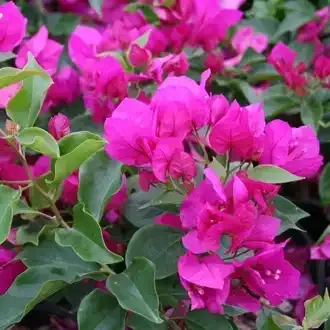
Bougainvillea "Vera Deep Purple"
A compact variety with rich purple bracts, perfect for containers or small garden spaces.
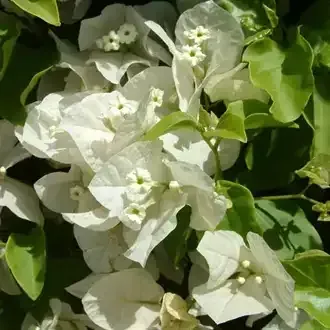
Bougainvillea "White Madonna"
This variety produces pure white bracts and can add a soft, elegant touch to any garden.
How to Choose a Location for Your Bougainvillea
Selecting the right location for your bougainvillea is crucial to its success. These plants thrive in warm, sunny environments and need plenty of light to produce their vibrant blooms. Plant them in the sunniest spot in your garden to ensure they get the necessary 6 hours of direct sunlight for optimal blooming.
How to Plant a Bougainvillea Correctly
To establish a healthy bougainvillea, it is key to start with suitable soil. Bougainvilleas prefer well-draining soil with slightly acidic to neutral soils (pH between 5.5 and 7.0). They do not tolerate waterlogged soil, so ensuring proper drainage and sandier soil is essential. If planting in containers, ensure the container has adequate drainage holes to prevent water accumulation at the bottom.
Step-by-Step
- Choose the Right Time: Plant bougainvillea in the spring or early summer when the soil has warmed up, and all danger of frost has passed.
- Prepare the Planting Site: If planting in the ground, dig a hole twice as wide and as deep as the root ball. For containers, select a pot with a diameter of at least 12 inches.
- Prepare the Soil: If necessary, amend the soil with sand or organic matter to improve drainage. In containers, fill the pot with well-draining potting mix.
- Plant the Bougainvillea: Gently remove the bougainvillea from its nursery pot, careful not to damage the roots. Place it in the hole or container, ensuring the top of the root ball is level with the soil surface.
- Backfill and Water: Backfill the hole with soil and gently tamp it down to eliminate air pockets. Water the plant thoroughly to help settle the soil around the roots.
- Mulch: Apply a layer of mulch around the base of the plant to help retain moisture and regulate soil temperature.
Bougainvillea Care Instructions: Watering and Feeding
Bougainvillea are relatively low-maintenance once established, but require proper watering and feeding.
How often should I water my bougainvillea?
Water bougainvilleas deeply but infrequently. Allow the soil to dry out slightly between waterings to prevent root rot. In winter, reduce watering as the plant enters its dormant period.
How often should I fertilize my bougainvillea?
Fertilize bougainvilleas every four to six weeks during the growing season with a balanced, slow-release fertilizer. Avoid high-nitrogen fertilizers, as these can promote leafy growth at the expense of blooms. A fertilizer with a balanced N-P-K ratio (such as 10-10-10) is ideal.
Pruning and Shaping Bougainvillea
Pruning is needed to maintain the shape and encourage abundant blooms. The best time to prune bougainvilleas is in late winter or early spring before new growth begins.
To shape, use pruning shears to remove dead or damaged branches. Trim back overgrown areas to maintain the desired shape. To create a bushier plant, pinch back the tips of the new growth. Deadhead spent blooms regularly to encourage continuous flowering.
Common Bougainvillea Pests and Diseases
Bougainvillea are generally hardy but can be susceptible to pests and diseases.
The most common pests are:
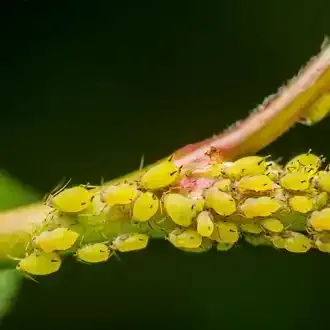
Aphids
Small, soft-bodied insects that cause yellowing leaves, distorted growth, and sooty mold. Controlled with insecticidal soap or neem oil.
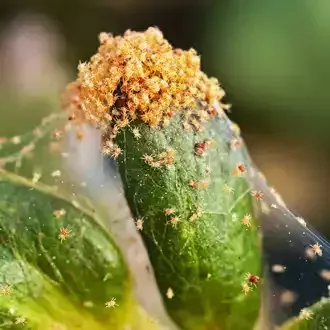
Spider Mites
Tiny arachnids that cause stippling, discoloration, and leaf webbing. They thrive in hot, dry conditions, so regular watering can help control them.
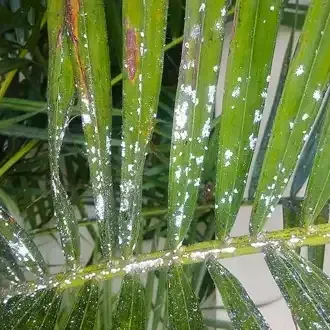
Mealybugs
White, cottony pests that cluster on stems and leaves. Also controlled with insecticidal soap or neem oil.
Root rot is the most common disease to watch out for. To prevent this issue, ensure proper drainage and avoid overwatering. Powdery mildew can also affect bougainvillea in humid conditions. Treat affected plants with a fungicide and improve air circulation around the plant.
Rosehill’s Tips and Tricks
Support: If growing bougainvillea as a vine, provide a sturdy support structure like a trellis or fence. Train the vines early to encourage upward growth.
Winter Care: In cooler climates, bougainvilleas may need protection from frost. Consider growing them in containers that can be moved indoors during the winter, or cover outdoor plants with frost blankets.
Container Growth: When growing bougainvilleas in containers, consider slightly root-bound conditions, as this can encourage blooming. Avoid repotting too frequently.
Conclusion
Bougainvilleas are a rewarding plant for gardeners who want to add a tropical touch to their landscapes. With the proper care, these vibrant plants will produce stunning blooms year after year, providing color and beauty to your garden throughout the growing season.
Palms Winter Protection Package
We offer seasonal Palms Care Packages to ensure that your investment is protected during Winter and ready to glow in Spring.
Recent Posts
Proud member of the
Texas Nursery & Landscape Association
Please feel free to contact us via the form below. We will give you an answer as soon as possible!
Contact Rosehill Palms
We will get back to you as soon as possible.
Please try again later.
Rosehill Palms | Developed by Urdaneta Group WSI | All Rights Reserved 2025


